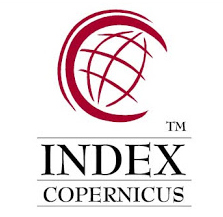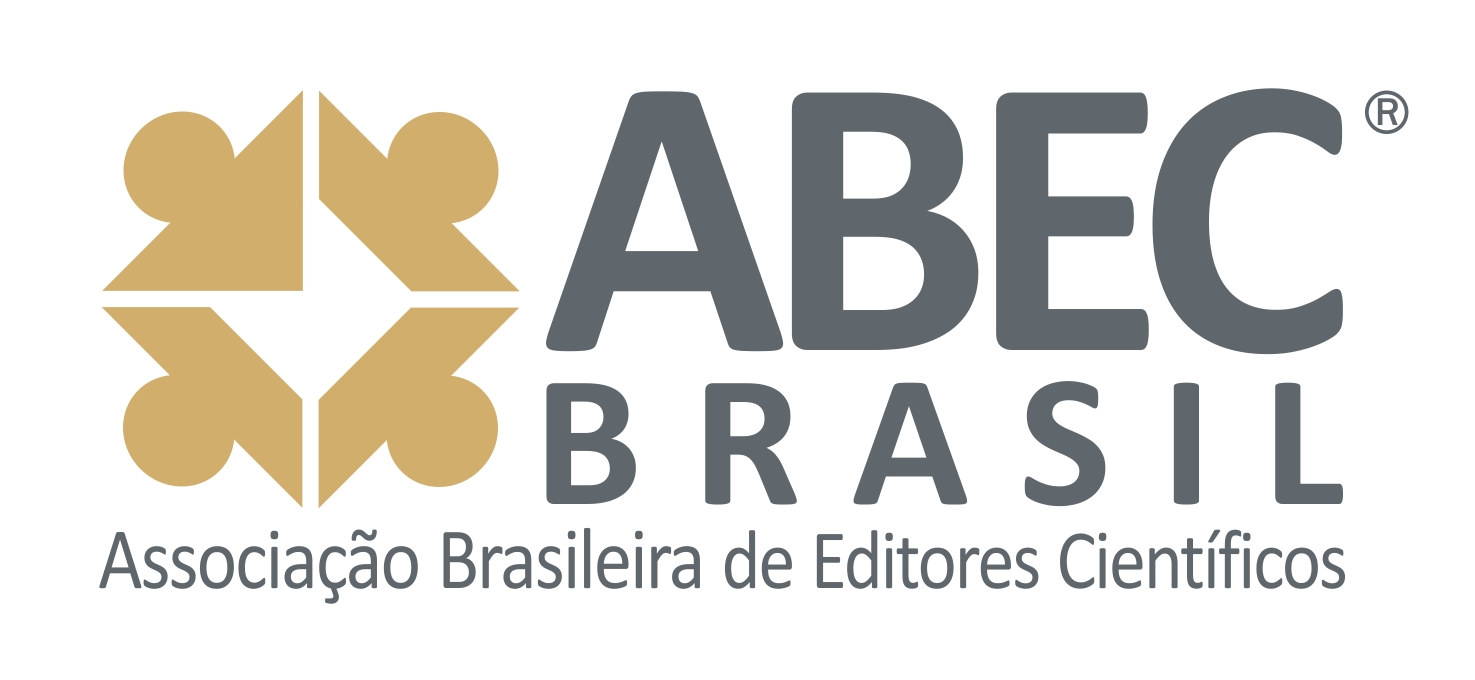Benefits of Oli-Ola and Pycnogenol Extracts in the Treatment of Melasma
Benefits of Oli-Ola and Pycnogenol Extracts in the Treatment of Melasma
DOI:
https://doi.org/10.51473/rcmos.v1i2.2025.1699Palavras-chave:
Natural actives, Melasma, Pycnogenol, Oli-Ola, Hypermelanosis, Antioxidants.Resumo
The pathology of melasma is a chronic acquired hypermelanosis located in the skin of a little-known cause. It may be influenced by several factors that contribute to the appearance of lesions, such as exposure to solar radiation, use of contraceptives, hormonal disorders, and gestational period. There is no cure for this hypermelanosis, but there are treatments and preventions that can soften the spots. Studies have shown the efficiency of using natural antioxidants such as Oli-Ola and pycnogenol to prevent and treat melasma for numerous benefits to the body. Therefore, this study aimed to demonstrate, through a literature review, the benefits of the natural extracts Oli-Ola and pycnogenol in the treatment of melasma. For this, a bibliographic survey was carried out at Google academic and Pubmed databases, where scientific articles published between the years 2014 and 2024 were selected. According to the analyzed studies, the natural extracts Oli-Ola and pycnogenol have antioxidant, anti-inflammatory actions and prevent skin aging. Oli-Ola acts as a cholesterol regulator and anti-hypertensive; it increases the immune system, has peeling action in capsules that stimulates collagen production, acts on firmness and elasticity of the skin, and acts as a depigmenting agent, leaving the skin tone more uniform. Pycnogenol assists in improving skin health. It protects collagen and elastin, is antimicrobial, a natural photoprotector, and is anti-photoaging. Therefore, using natural activities appears as an alternative for the treatment of melasma, requiring more research on their application potential.
Downloads
Referências
AGOSTINHO, K. M.; CAVALCANTE, K. M. H.; CAVALCANTI, P. P.; PEREIRA, D. L. Doenças dermatológicas frequentes em unidade básica de saúde. Cogitare Enfermagem, v. 18, n. 4, p. 715-721, 2013.
BAGATIN, J. T. Estudo clínico piloto para avaliar a eficácia do extrato de oliva contendo hidroxitirosol para tratamento oral e tópico do melasma. 2020. Dissertação (Mestrado) – Faculdade de Ciências Farmacêuticas de Ribeirão Preto, São Paulo, 2020.
BERNARDO, A. F. C.; SANTOS, K.; SILVA, D. P. Pele: alterações anatômicas e fisiológicas do nascimento à maturidade. Revista Saúde em Foco, v. 1, n. 11, p. 1221-1233, 2019.
CUNHA, I. G.; SILVA, C. P.; OLIVEIRA, G. B. B. Principais tratamentos do melasma. Humanidades e Tecnologia (FINOM), v. 23, n. 1, p. 302-315, 2020.
GALENA. OLI-OLA: a excelência do fruto da oliveira. 2021. Disponível em: https://www.galena.com.br/oli-ola2020
. Acesso em: 14 nov. 2025.
KUNZ, K.; DA SILVA, L. S. L. Antioxidantes com potencial efeito fotoprotetor: revisão de literatura. Revista Brasileira de Biomedicina, v. 3, n. 2, 2023.
LONNI, A. A. S. G. et al. Nutricosmetics: an innovative concept. Visão Acadêmica, v. 15, n. 2, 2014.
MACEDO, J. R. B. C. Fisiopatologia do melasma. 2019. Monografia – Núcleo de Estudos e Treinamento Ana Carolina Puga (NEPUGA), São Paulo, 2019.
MANGELA, T.; MARINS, A. Benefícios da vitamina C na pele. Enciclopédia Biosfera, v. 18, n. 35, p. 41, 2021.
MEDEIROS, J. K. G. et al. Combinação terapêutica no tratamento do melasma. CuidArte Enferm., v. 10, n. 2, p. 180-187, 2016.
OLIVEIRA, A. A. et al. Impacto do melasma na autoestima de mulheres. ID Online Revista de Psicologia, v. 13, n. 48, p. 435-443, 2019.
PINTO, C. A. S. et al. Uso do pycnogenol no tratamento do melasma. Surgical & Cosmetic Dermatology, v. 7, n. 3, p. 218-222, 2015.
SANTOS, M. P.; OLIVEIRA, N. R. F. Ação das vitaminas antioxidantes na prevenção do envelhecimento cutâneo. Disciplinarum Scientia Saúde, v. 15, n. 1, p. 75-89, 2014.
SILVA, N. L.; FERREIRA, M. A. M.; MANGARAVIE, E. Estudo exploratório de conhecimento de consumidores e profissionais da estética sobre produtos naturais de beleza no Brasil. Revista Científica da FAMINAS, v. 15, n. 1, p. 1-11, 2020.
SOUSA, V. L. M. et al. Melasma: tratamento com método não invasivo. Revista Brasileira Interdisciplinar de Saúde, v. 2, n. 3, p. 80-86, 2020.
SPECK, M. M.; ZANEI, L. A.; MEDEIROS, F. D. Revisão sistemática: nutricosméticos utilizados nos tratamentos das disfunções estéticas. Tecnologia em Cosmetologia e Estética – Tubarão, 2019.
TAMLER, C. et al. Classificação do melasma pela dermatoscopia: estudo comparativo com lâmpada de Wood. Surgical & Cosmetic Dermatology, v. 1, n. 3, p. 115-119, 2009.
Downloads
Publicado
Edição
Seção
Categorias
Licença
Copyright (c) 2025 Mariana Marri Martins, Daniela de Cassia Faglioni Boleta Ceranto, Ezilda Jacomassi , Emerson Luiz Botelho Lourenço, Juliana Cogo, Simony Rodrigues Bernardelli Rosa, Eliane Franco Colombo, Rosinéia Aparecida Vilela Cebrian, Luciana Andrzejewski, Giuliana Zardeto (Autor)

Este trabalho está licenciado sob uma licença Creative Commons Attribution 4.0 International License.
Este trabalho está licenciado sob a Licença Creative Commons Atribuição 4.0 Internacional (CC BY 4.0). Isso significa que você tem a liberdade de:
- Compartilhar — copiar e redistribuir o material em qualquer meio ou formato.
- Adaptar — remixar, transformar e construir sobre o material para qualquer propósito, inclusive comercial.
O uso deste material está condicionado à atribuição apropriada ao(s) autor(es) original(is), fornecendo um link para a licença, e indicando se foram feitas alterações. A licença não exige permissão do autor ou da editora, desde que seguidas estas condições.
A logomarca da licença Creative Commons é exibida de maneira permanente no rodapé da revista.
Os direitos autorais do manuscrito podem ser retidos pelos autores sem restrições e solicitados a qualquer momento, mesmo após a publicação na revista.













